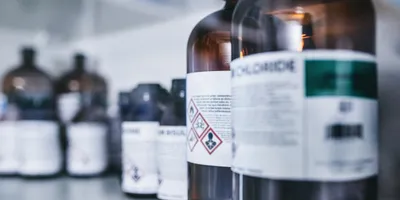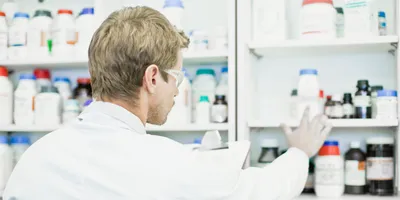The 1,047-acre J. Phil Campbell Sr. Research and Education Center was until recently a federal research farm. But the federal government transferred management of the farm to UGA’s College of Agricultural and Environmental Sciences in 2012 as the U.S. Department of Agriculture downsized its research branch.
Last August, the USDA transferred ownership of the land to the state Board of Regents, the appointed body that sets policy for UGA and other Georgia public colleges and universities.
The board is scheduled to approve the farm’s name at a Wednesday meeting, and UGA officials have scheduled a dedication on Jan. 21. The man for whom is named was a UGA graduate and an agricultural extension pioneer. Campbell died in 1944.
UGA scientists are already using the farm for research and teaching.
For a year now, the center has also been home for the Oconee County Cooperative Extension Service, which moved there from downtown Watkinsville.
The farm is mainly pasture on what was once played-out cotton fields. Federal agricultural researchers at the center worked to develop environmentally sustainable and efficient farming practices and watershed protection, primarily focused on cattle grazing.
Much of UGA’s research there has a similar focus on sustainability, said Julia Gaskin, the college’s sustainable agriculture coordinator.
Researcher Nick Hill, for example, works with a system he called “living mulch.” He’s experimented with alternating rows of a kind of clover with corn. The system has promise as a way to provide nitrogen for crops, reducing the need for chemical fertilizer.
“Finding inexpensive nitrogen is going to be paramount to agricultural production,” he said.
Another researcher, Dory Franklin, looks for ways to manage grasslands to conserve water and nutrients, and to buffer extreme weather.
“Our soils are very erodable. I believe grass is a silver bullet,” she said.
Ecologist Liz Kramer called on the researchers to start thinking about sustainability in a new way. Agricultural fields not only produce food and fiber, but provide other ecological benefits such as water protection and habitat for pollinators,
“We need to start thinking about our systems as multi-functional,” Kramer said.
Researchers and farmers typically think about agricultural intensification, finding ways to get more production and profit out of farmland. But as the world’s population gets bigger, researchers need to think about maximizing the ecological benefits farmland provides, she said.
“Ecological intensification is required for global food security,” Kramer said.









